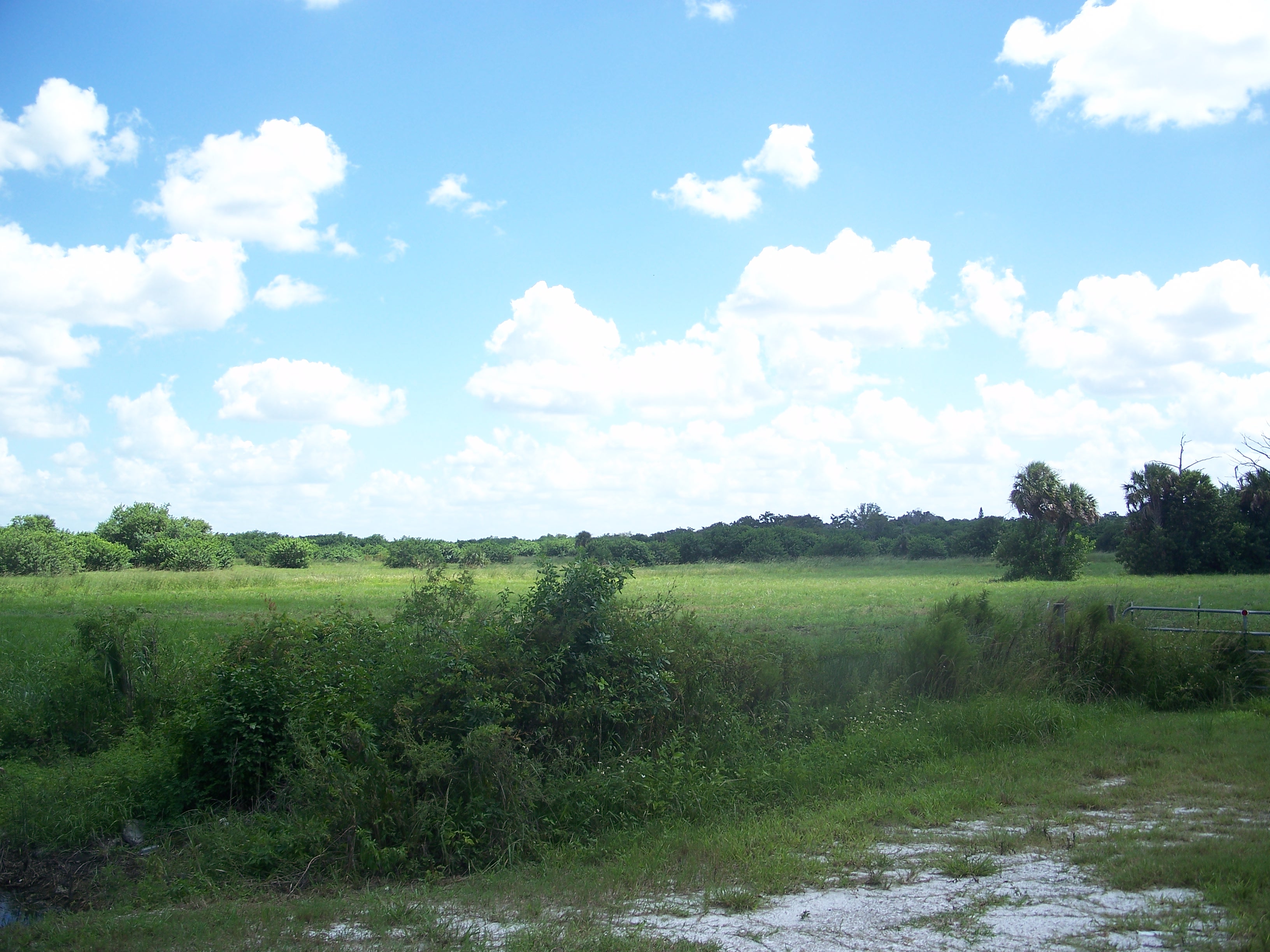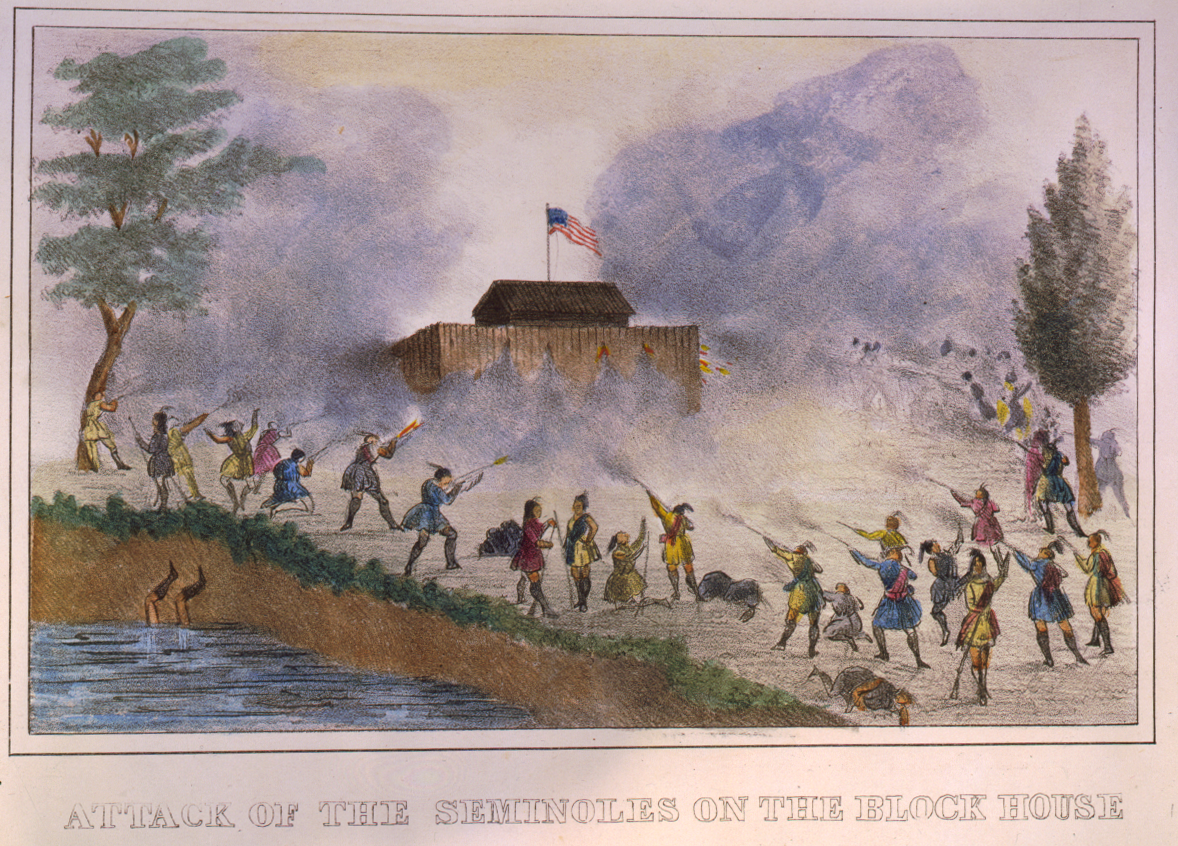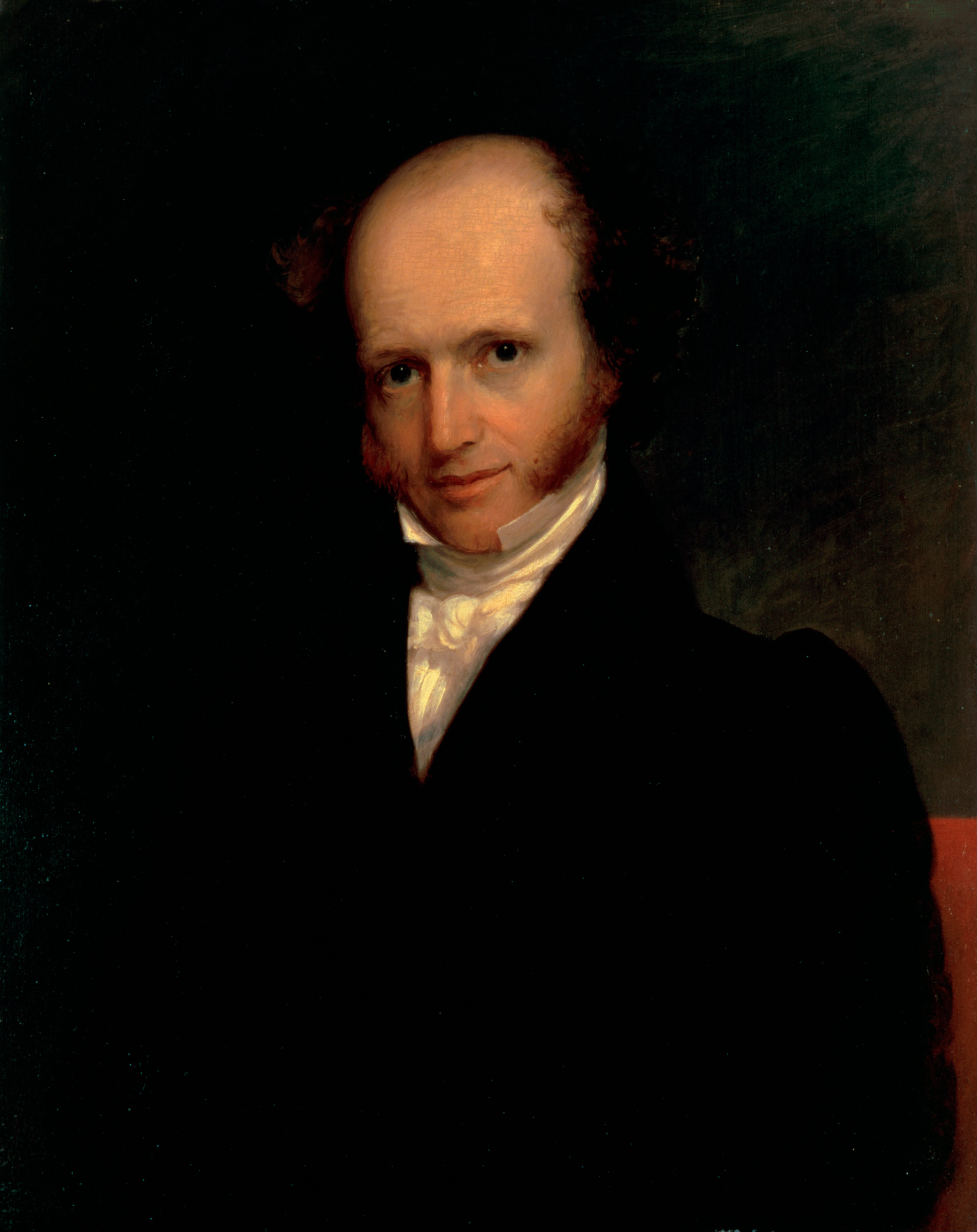|
Battle Of Lake Okeechobee
The Battle of Lake Okeechobee was one of the major battles of the Second Seminole War. It was fought between 800 troops of the 1st, 4th, and 6th Infantry Regiments and 132 Missouri Volunteers (under the command of Colonel Zachary Taylor), and between 380 and 480 Seminoles led by Billy Bowlegs, Abiaca, and Halpatter Tustenuggee (Alligator) on 25 December 1837. Halpatter Tustenuggee had played a major role in the Dade Battle two years earlier. The Seminole warriors were resisting forced relocation to a reservation in Oklahoma. Though both the Seminoles and Taylor's troops emerged from the battle claiming victory, Taylor was promoted to the rank of brigadier general as a result, and his nickname of "Old Rough and Ready" came mostly due to this battle. Taylor's command Major General Thomas Jesup was placed in command of the war in Florida in 1836. In 1837 Jesup planned a major campaign to finally remove the Seminoles from Florida. In November, four columns started sweeping down th ... [...More Info...] [...Related Items...] OR: [Wikipedia] [Google] [Baidu] |
Second Seminole War
The Second Seminole War, also known as the Florida War, was a conflict from 1835 to 1842 in Florida between the United States and groups collectively known as Seminoles, consisting of Native Americans in the United States, Native Americans and Black Indians in the United States, Black Indians. It was part of a series of conflicts called the Seminole Wars. The Second Seminole War, often referred to as ''the'' Seminole War, is regarded as "the longest and most costly of the American Indian Wars, Indian conflicts of the United States". After the Treaty of Payne's Landing in 1832 that called for the Seminole's removal from Florida, tensions rose until open hostilities started with Dade battle. For the next four years, the Seminole and the U.S. forces engaged in small engagements and by 1842 only a few hundred native peoples remained in Florida. The war was declared over on August 14, 1842. Background Bands from various tribes in the southeastern United States had moved into the uno ... [...More Info...] [...Related Items...] OR: [Wikipedia] [Google] [Baidu] |
Kissimmee River
The Kissimmee River is a river in south-central Florida, United States that forms the north part of the Everglades wetlands area. The river begins at East Lake Tohopekaliga south of Orlando, flowing south through Lake Kissimmee into the large, shallow Lake Okeechobee. Hurricane-related floods in 1947 prompted channelization of the meandering lower stretch, completed by 1970. The straightened course reduced wetland habitat and worsened pollution. In response, ongoing efforts since the 1990s have partially restored the river's original state and revitalized the ecosystem (see Restoration of the Everglades). Course The Kissimmee River arises in Osceola County as the outflow from East Lake Tohopekaliga, passing through Lake Tohopekaliga, Lake Cypress, Lake Hatchineha and Lake Kissimmee. Below Lake Kissimmee, the river forms the boundary between Osceola County and Polk County, between Highlands County and Okeechobee County, and between Glades County and Okeechobee County before it f ... [...More Info...] [...Related Items...] OR: [Wikipedia] [Google] [Baidu] |
1837 In The United States
Events from the year 1837 in the United States of America. Incumbents Federal Government * President: Andrew Jackson ( D-Tennessee) (until March 4), Martin Van Buren ( D- New York) (starting March 4) * Vice President: Martin Van Buren ( D- New York) (until March 4), Richard M. Johnson ( D-Kentucky) (starting March 4) * Chief Justice: Roger B. Taney (Maryland) * Speaker of the House of Representatives: James K. Polk ( D-Tennessee) * Congress: 24th (until March 4), 25th (starting March 4) Events * January 6 – DePauw University founded in Greencastle, Indiana. * January 26 – Michigan is admitted as the 26th U.S. state (see History of Michigan). * February 4 – Seminoles attack Fort Foster. * February 8 – Richard Johnson becomes the only Vice President of the United States chosen by the United States Senate. * February 15 – Knox College founded in Galesburg, Illinois. * February 16 - Lake County was organized by the Indiana General Assembly. * February 25 ... [...More Info...] [...Related Items...] OR: [Wikipedia] [Google] [Baidu] |
Conflicts In 1837
Conflict may refer to: Arts, entertainment, and media Films * ''Conflict'' (1921 film), an American silent film directed by Stuart Paton * ''Conflict'' (1936 film), an American boxing film starring John Wayne * ''Conflict'' (1937 film), a Swedish drama film directed by Per-Axel Branner * ''Conflict'' (1938 film), a French drama film directed by Léonide Moguy * ''Conflict'' (1945 film), an American suspense film starring Humphrey Bogart * ''Catholics: A Fable'' (1973 film), or ''The Conflict'', a film starring Martin Sheen * ''Judith'' (1966 film) or ''Conflict'', a film starring Sophia Loren * ''Samar'' (1999 film) or ''Conflict'', a 1999 Indian film by Shyam Benegal Games * ''Conflict'' (series), a 2002–2008 series of war games for the PS2, Xbox, and PC * ''Conflict'' (video game), a 1989 Nintendo Entertainment System war game * '' Conflict: Middle East Political Simulator'', a 1990 strategy computer game Literature and periodicals * ''Conflict'' (novel) ... [...More Info...] [...Related Items...] OR: [Wikipedia] [Google] [Baidu] |
National Park Service
The National Park Service (NPS) is an agency of the United States federal government within the U.S. Department of the Interior that manages all national parks, most national monuments, and other natural, historical, and recreational properties with various title designations. The U.S. Congress created the agency on August 25, 1916, through the National Park Service Organic Act. It is headquartered in Washington, D.C., within the main headquarters of the Department of the Interior. The NPS employs approximately 20,000 people in 423 individual units covering over 85 million acres in all 50 states, the District of Columbia, and US territories. As of 2019, they had more than 279,000 volunteers. The agency is charged with a dual role of preserving the ecological and historical integrity of the places entrusted to its management while also making them available and accessible for public use and enjoyment. History Yellowstone National Park was created as the first national par ... [...More Info...] [...Related Items...] OR: [Wikipedia] [Google] [Baidu] |
National Trust For Historic Preservation
The National Trust for Historic Preservation is a privately funded, nonprofit organization based in Washington, D.C., that works in the field of historic preservation in the United States. The member-supported organization was founded in 1949 by congressional charter to support the preservation of America’s diverse historic buildings, neighborhoods, and heritage through its programs, resources, and advocacy. Overview The National Trust for Historic Preservation aims to empower local preservationists by providing leadership to save and revitalize America's historic places, and by working on both national policies as well as local preservation campaigns through its network of field offices and preservation partners, including the National Park Service, State Historic Preservation Offices, and local preservation groups. The National Trust is headquartered in Washington, D.C., with field offices in Atlanta, Chicago, Houston, Denver, New York City, Los Angeles, San Francisco, an ... [...More Info...] [...Related Items...] OR: [Wikipedia] [Google] [Baidu] |
Okeechobee FL Battlefield04 , in Florida, United States
{{disambig, geo ...
Okeechobee may refer to: *Lake Okeechobee, in Florida, United States *Okeechobee, Florida, United States *Okeechobee County, Florida, United States *Okeechobee Waterway, in Florida, United States *Okeechobee Plain, in Florida, United States *Okeechobee Group, geologic group in Florida, United States *Okeechobee (Metrorail station) *Okeechobee (Amtrak station) *1928 Okeechobee hurricane *Okeechobee Music & Arts Festival The Okeechobee Music and Arts Festival (commonly referred to as Okeechobee) is an annual four-day music and arts festival. It is held at the 600-acre Sunshine Grove property in Okeechobee, Florida. History The first Okeechobee Music and Arts Fest ... [...More Info...] [...Related Items...] OR: [Wikipedia] [Google] [Baidu] |
Non-commissioned Officer
A non-commissioned officer (NCO) is a military officer who has not pursued a commission. Non-commissioned officers usually earn their position of authority by promotion through the enlisted ranks. (Non-officers, which includes most or all enlisted personnel, are of lower rank than any officer.) In contrast, commissioned officers usually enter directly from a military academy, officer candidate school (OCS), or officer training school (OTS) after receiving a post-secondary degree. The NCO corps usually includes many grades of enlisted, corporal and sergeant; in some countries, warrant officers also carry out the duties of NCOs. The naval equivalent includes some or all grades of petty officer. There are different classes of non-commissioned officers, including junior (lower ranked) non-commissioned officers (JNCO) and senior/staff (higher ranked) non-commissioned officers (SNCO). Function The non-commissioned officer corps has been referred to as "the backbone" of the armed se ... [...More Info...] [...Related Items...] OR: [Wikipedia] [Google] [Baidu] |
William H
William is a male given name of Germanic origin.Hanks, Hardcastle and Hodges, ''Oxford Dictionary of First Names'', Oxford University Press, 2nd edition, , p. 276. It became very popular in the English language after the Norman conquest of England in 1066,All Things William"Meaning & Origin of the Name"/ref> and remained so throughout the Middle Ages and into the modern era. It is sometimes abbreviated "Wm." Shortened familiar versions in English include Will, Wills, Willy, Willie, Bill, and Billy. A common Irish form is Liam. Scottish diminutives include Wull, Willie or Wullie (as in Oor Wullie or the play ''Douglas''). Female forms are Willa, Willemina, Wilma and Wilhelmina. Etymology William is related to the given name ''Wilhelm'' (cf. Proto-Germanic ᚹᛁᛚᛃᚨᚺᛖᛚᛗᚨᛉ, ''*Wiljahelmaz'' > German ''Wilhelm'' and Old Norse ᚢᛁᛚᛋᛅᚼᛅᛚᛘᛅᛋ, ''Vilhjálmr''). By regular sound changes, the native, inherited English form of the name shoul ... [...More Info...] [...Related Items...] OR: [Wikipedia] [Google] [Baidu] |
Hammock (ecology)
Hammock is a term used in the southeastern United States for stands of trees, usually hardwood, that form an ecological island in a contrasting ecosystem. Hammocks grow on elevated areas, often just a few inches high, surrounded by wetlands that are too wet to support them. The term ''hammock'' is also applied to stands of hardwood trees growing on slopes between wetlands and drier uplands supporting a mixed or coniferous forest. Types of hammocks found in the United States include tropical hardwood hammocks, temperate hardwood hammocks, and maritime or coastal hammocks. Hammocks are also often classified as hydric (wet soil), mesic (moist soil) or xeric (dry soil). The types are not exclusive, but often grade into each other. Unlike many ecosystems of the coastal plain of the southeastern United States, hammocks are not tolerant of fire. Hammocks tend to occur in locations where fire is not common, or where there is some protection from fire in neighboring ecosystems. Hammocks ... [...More Info...] [...Related Items...] OR: [Wikipedia] [Google] [Baidu] |
Fort Basinger (Seminole War Fort)
Fort Basinger's original site is located approximately west of Fort Pierce, Florida along U. S. Highway 98 in Highlands County, Florida. It was a stockaded fortification with two blockhouses that was built in 1837 by the United States Army. It was one of the military outposts created during the Second Seminole War to assist Colonel Zachary Taylor's troops to confront and capture Seminole Indians and their allies in the central part of the Florida Territory in the Lake Okeechobee region. The Seminole Indians and their allies were resisting forced removal to federal territory west of the Mississippi River as directed by the Indian Removal Act.Roberts, Robert B. Encyclopedia of Historic Forts: The Military, Pioneer, and Trading Posts of the United States. New York: Macmillan. 1988, p. 169. Brief History On December 2, 1837, Colonel Zachary Taylor ordered the construction of Fort Gardiner during his Second Seminole War campaign as he marched his troops into the Lake Okeechobee regi ... [...More Info...] [...Related Items...] OR: [Wikipedia] [Google] [Baidu] |
Fort Gardiner
Fort Gardiner was a stockaded fortification with two blockhouses that was built in 1837 by the United States Army. It was one of the military outposts created during the Second Seminole War to assist Colonel Zachary Taylor's troops to capture Seminole Indians and their allies in the central part of the Florida Territory that were resisting forced removal to federal territory west of the Mississippi River per the Indian Removal Act.Roberts, Robert B. Encyclopedia of Historic Forts: The Military, Pioneer, and Trading Posts of the United States. New York: Macmillan. 1988, p. 169. Brief History After Major General Thomas S. Jesup, Quartermaster General and Commander of all U.S. troops in Florida, had given up hope of bringing the Second Seminole War to an end by negotiation he ordered Colonel Taylor “to proceed with the least possible delay against any portion of the enemy and to destroy or capture the same.”The Memoirs of Major General Zachary Taylor – Chapter II, The Bloody ... [...More Info...] [...Related Items...] OR: [Wikipedia] [Google] [Baidu] |





